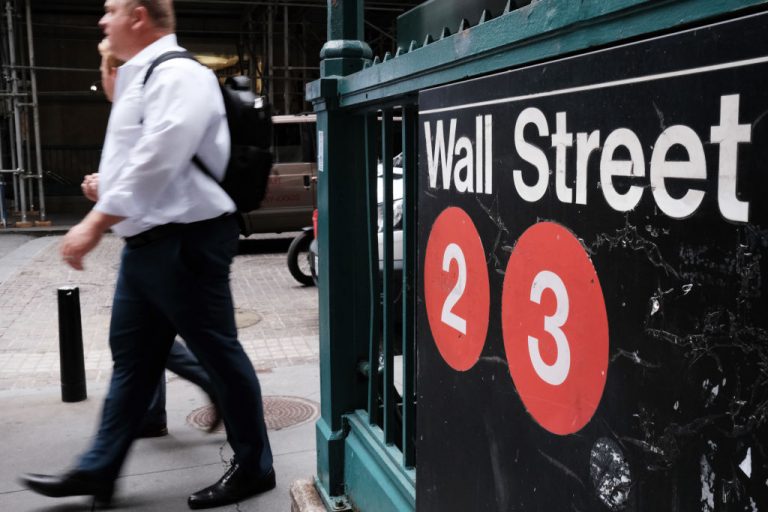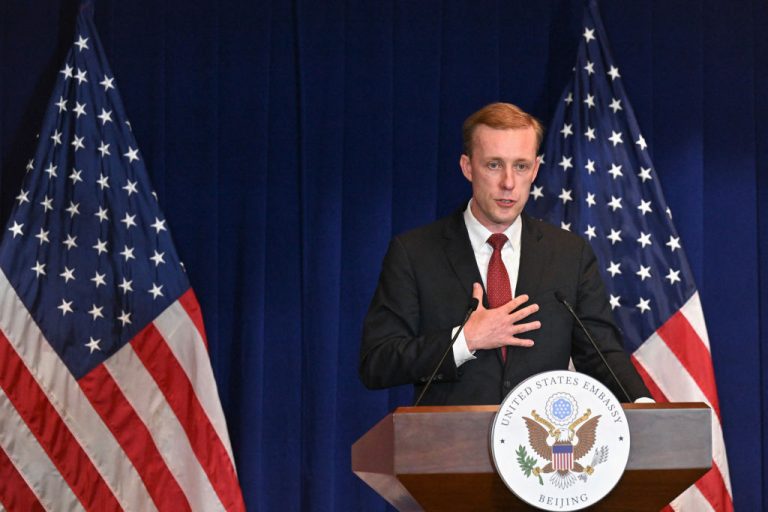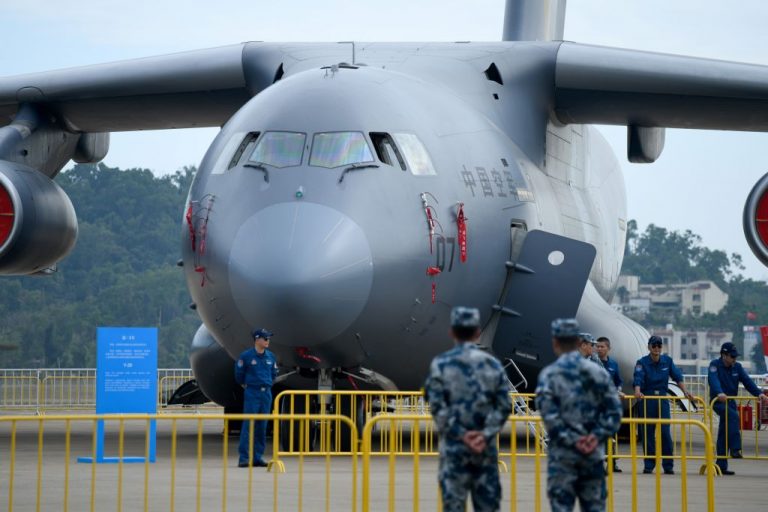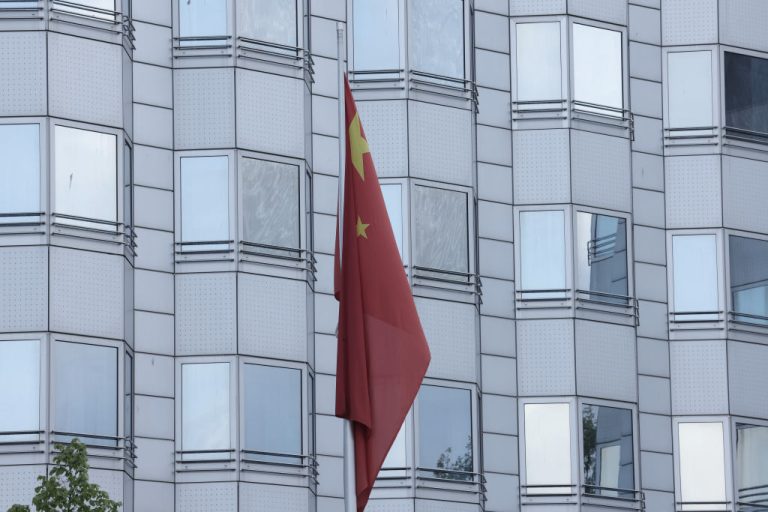China Concept Stocks crashed in July, rocking the A-shares in China’s stock market. Investors are still reviewing their policies. They don’t understand why Chinese Communist Party (CCP) leader, Xi Jinping cracked down on Chinese companies in the U.S. while they were making money for China.
Investors don’t understand that this was just one of Xi’s important plans made before the 20th National Congress. The Chinese communist regime intends to take over complete control of China’s resources, including the education sector. The crackdown on the after-school education and training services industry is but one strategy to implement new education policies.
Wall Street could only see the crisis of Chinese Concept Stocks and fear that more companies are going to close due to the CCP’s policies. They cannot understand Xi’s mindset for national security, that is, the regime’s security, in relation to the education industry. This CCP political mindset is difficult for the investment circle to grasp.
Views about Xi and why he eliminated the off-campus education and training industry are various in China.
Some media say it was to reduce parents’ burden, while some mused that it was a way to financially help boost birth rates to stop population collapse. Others commented it was a blow to the capitalist economy. Some even believed that it was to prevent the monopoly of the education and examination systems from forming an alliance of rich people, who would exclude low-class families from a good education, forcing the education system towards a U.S. style one, with the general thought being that “public schools [are] junk and private schools are elite.”

They were deluded believing that the CCP regime cares about poor people; a ridiculous fantasy
Success
You are now signed up for our newsletter
Success
Check your email to complete sign up
In my view, the primary reason for the policy changes is that the industry relates to the CCP’s strategic plans for education in the future. It just so happens that those companies were listed in other countries. Since Mao Zedong, the CCP has never let go of the idea that education is an industry to bring up its successors.
Only children of the nobility could study in state schools in traditional Chinese education during the Western Zhou dynasty (1046-771 BC). I’ve observed for a long time that
Beijing’s education strategy is turning to elite education due to three factors.
First, the industrialization of education that began in 1999 only expanded higher education. It did not improve the quality but produced a lot of unemployed college graduates.
There are two significant points in time to consider. The first is September 1999 when the CCP began the industrialization of education. Most colleges and universities started to charge tuition. In the first few years, it seemed a win-win situation for universities, students, and the regime. Higher education seemed to find financial support and staff realized a raise in salary. Students who did not have access to college suddenly were afforded the opportunity to attend college. Everyone was happy for several years. The regime was deluded to take it as a new economic boom though.
Another point in time to consider was in 2003. Those newly enrolled students graduated that year and were facing unemployment. Society did not have enough job opportunities for these graduates, especially students graduating with a Bachelors of Arts.
The media loudly reported the embarrassing phenomena. I track the employment status of college graduates almost every year. I can still find a July, 2003 article titled, “China News Weekly: Unemployment after graduation?” Who Stole the Jobs of College Graduates?”
The article said that the employment rate of college graduates in 2002 was 53 percent. In 2003, 2.12 million college students graduated across the country and 1.06 million were “not yet employed.” It showed that China produced excessive intellectual labor when the society’s illiteracy and semi-illiteracy rates were still high.
Beijing quickly noticed this phenomenon. On Oct. 28, 2005, the State Council issued a report with planned goals, tasks, policies, and measures for the reform and development of vocational education, and held a meeting to address the matter on Nov. 7 of that year.
The plan was not implemented well, probably because of the political situation in China. In 2007, the CCP entered the span of personnel rearrangement in the 18th National Congress. Since then, the focus of the CCP leaders was on internal power struggles. They no longer had the energy to take care of education problems, which concerned millions of youth’s futures.
Consequently, most second- and third-rate college graduates remain unemployed after graduation until today.
The second factor to consider is that the CCP learned the education problem from its experience and a lesson from the U.S..
In the Sino-US trade war, Beijing’s strategy of prolonging it and waiting for an opportunity was politically correct. It struggled until Trump left the White House and judged that the world situation was “the east rising and the west falling.” There is actually no “east rising” but “the west is falling”, definitely.
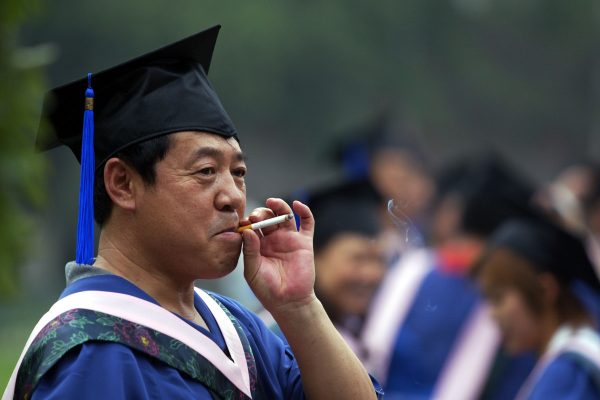
Beijing thus realized the following three things
First, the CCP learned Huawei’s lesson from the West, especially from the United States, and realized China is restricted in chips by other countries. In addition, “The Thousand Talents Plan,” intending to “borrow” techniques from the U.S., failed. The regime is thus aware that focusing their educational resources on elites to develop their own talent is important.
Second, when foreign companies need laborers, they cannot find suitable technical employees, nor can they recruit assembly line workers because unemployed college graduates are unwilling to do the hard and boring jobs. To solve this problem, it needs a vocational education system like they have in Germany.
China has discussed this issue for many years. Considering the options for either a one-track educational system, as is standard in China and the U.S., or a multiple-track system as is standard in Germany and the UK, it would be practical for China to choose the latter. But, public opinion thinks the choice means some children will lose out at the starting point of their education career and that it’s difficult for Chinese parents to have their children educated with only a high school degree. The system thus could not be implemented.
Third, what has happened in the U.S. since 2020 and the problems with U.S. education pushed Beijing to take serious consideration on the importance of elite education.
American education is also a one-track system like China, but the U.S. has public and private institutions. Under the guide and influence of teachers’ unions for decades, American education has been thoroughly politicized and complicated. This leftist ideological education reduces the return on investment in education.
The report, “Price-to-Earnings Premium: A New Way of Measuring Return on Investment in Higher Ed,” published by The Third Way on April 1, 2020, shows “schools with no ROI are overwhelmingly concentrated within the for-profit sector. For example, 51% of for-profit institutions leave the majority of their students earning less than a high school graduate, even 10 years after they enrolled in the institution. That means in this formula, students who attend these institutions obtain no economic premium by doing so.”
The report did not mention the reason behind the phenomena. It’s because students’ minds are stuffed with anti-racism, LGBT, transgender, and political theories of cultural Marxism from the liberal arts education offered by these universities. So after graduation, they can only find jobs in the government, NGOs, and a few leftist multinational companies.
The U.S. government cannot intervene in such a situation because American basic education relies on multiple financial supports from the federal and state governments. Schools are led by the local education committees, the state departments of education, the United States Department of Education (ED), and the heads of central offices in the school districts and their affiliated institutions.
Under multiple management, the educational organizations do not belong to one another. The ED has never offered any common syllabus or textbooks. Schools can decide how to teach students the way they see fit.
Another situation shunned by the U.S. mainstream media is that the left has occupied higher academic institutions. Since the anti-war movement in 1968, the left has established a new “Long March” within the education system to control universities, research and academic institutions.
The United States thus brought up a generation of socialist believers. A survey conducted by “The Victims of Communism Memorial Foundation (VOC)” headquartered in Washington and YouGov, a public opinion and data company, in October 2018 showed that “52% of millennials would prefer to live in a socialist (46%) or communist (6%) country than a capitalist (40%) one.”
The Yale University’s survey shows that 65 percent of its students intend to repeal the U.S. Constitution.
American education brings up numerous gravediggers for capitalism. The CCP regime will never allow the existence of any gravediggers for Chinese communism. While it’s a pleasure for the CCP to see the United States in such a predicament, it will not delve into this topic except for publishing some remarks to mock the U.S.. The regime will not remind the United States of their problem but will definitely take it into consideration.
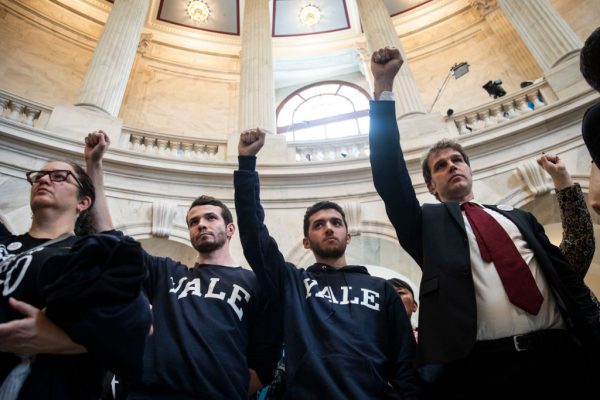
Culture monopoly: China’s education is not allowed to fall by another’s hand
In Mao Zedong’s time, Communist China followed the Soviet Union’s “three monopolies”; the political, economic, and truth monopolies. After the reform and opening up, the regime turned to a political monopoly that gave them control of resources and public opinion. In Xi’s time, the control was intensified. A 651-word article, “Ledger of Data on China’s After-school Training Industry” published in China shows why Beijing is determined to beat down this industry.
1. The Market Size of the industry in China was 1.4 trillion yuan (approximately US$220 billion) in 2021 while the United States was about $10 billion and sales for K1-12 education and training institutions nationwide in Japan was only $4.2 billion in 2020.
2. In 2020, $10 billion of venture capital was invested in China’s education industry, offering services like assisting school work for K1-12 students, teaching elementary school math, language skills, and music.
3. Students from K1-12 for after-school education increased from 202.6 million in 2015 to 325.3 million in 2019 in China, according to the SEC prospectus of New Oriental Education & Technology Group Inc. (NYSE), a provider of after-school educational services, headquartered in Beijing.
4. China owns seven of the eight most wealthy education companies in the world, according to the Hurun Wealth Research published in 2020.
5. The annual income of TAL Education Group, a Chinese company that offers after-school education for students from K1-12, headquartered in Beijing, surpassed Peking University and Zhejiang University. The NYSE surpasses Shanghai Jiao Tong University and Fudan University, and Yuanfudao, headquartered in Beijing, surpasses Nanjing University, Xiamen University, Nankai University and Lanzhou University.
For the CCP, the after-school education industry threatens the elite educational system and the survival of the CCP regime in the future. How can the CCP regime allow such a wealthy industry that is closely related to its future to fall at the hands of private capital, especially foreign capital? China’s political analysts are aware of it but cannot talk about it straightforwardly while it is too complicated for the venture capital industry on Wall Street to puzzle out.



